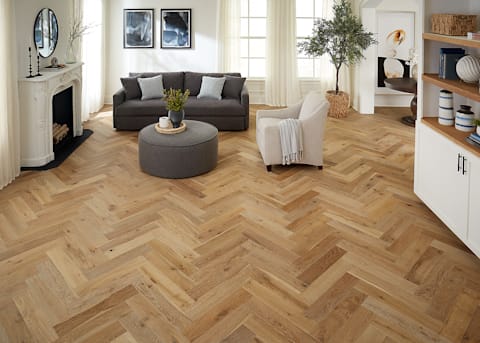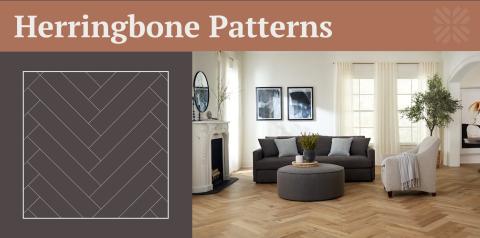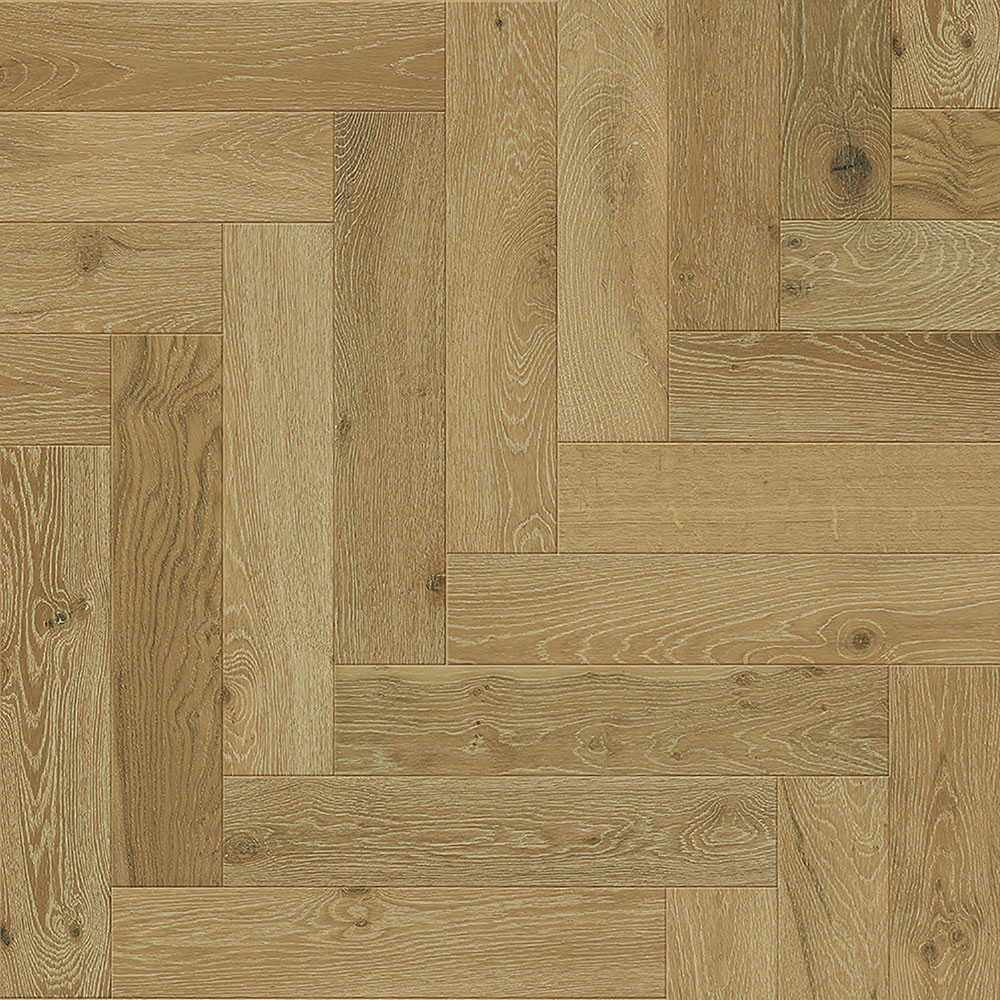- Home
- Education
- Flooring Basics
- The Beauty of Herringbone Engineered Wood Flooring
The Beauty of Herringbone Engineered Wood Flooring
These engineered floors have boards designed to create a herringbone pattern, allowing you to achieve a unique look with ease. Learn more at LL Flooring.
Engineered hardwood flooring can instantly elevate your space, especially if you opt for patterned boards that make a style statement. Herringbone engineered wood flooring can give your room a luxurious and customized look that you'll love. These engineered floors have boards designed to create a herringbone pattern, which makes achieving this look possible for everyone, even DIYers. Before you get started, let's learn more about herringbone engineered wood flooring, including some helpful installation tips.
What Is a Herringbone Pattern?
Herringbone is an arrow-like pattern that joins two boards at a 90-degree angle. The herringbone pattern has been popular for decades—it's a timeless look that adds character to your room while retaining the classic feel of wood flooring. Plus, you can find it in several wood varieties—such as acacia and white oak—and textures, including wire-brushed finishes that showcase the wood grain and varied hues.

Create Herringbone Pattern Wood Floors
Like other types of engineered hardwood flooring, you can install this herringbone engineered wood flooring in three ways: with nails, with glue, or with a combination of nails and glue.

Ready to tackle your DIY flooring installation? Be sure to read your product's Warranty, Installation, and Care guide. Then, follow these steps to ensure your project is a success:
- Identify the center of the room and draw a chalk line on your subfloor to mark the midpoint. Consider any architectural features around the center of the room, such as a window or a fireplace, that would serve as a natural midpoint. Typically, herringbone flooring Iooks best when the pattern runs in line with the longest direction of the room or is centered on a focal point.
- Mark the midpoint of the opposing walls to divide your floor into four quadrants. Consider using trammel points to confirm that your center lines are accurate.
- Set out the first board on the center line in the desired direction. Note that for herringbone boards, the center is not the point of the top board. Instead, it's the point where the two boards meet. Mark the working lines to the right or left of the center line, which may extend about an inch beyond the center line.
- Install the board using your preferred method now that the first piece of wood is properly centered. Set the pattern out one row at a time, paying careful attention to the working lines to ensure your pattern is properly aligned.
Find a Herringbone Pattern Wood Floor for Your Home
Engineered herringbone pattern flooring is a stylish selection for any level of the home, whether you want to upgrade your basement, living room, or bedroom. Add a pop of pattern to your floors by exploring LL Flooring's selection of herringbone engineered wood flooring today.



